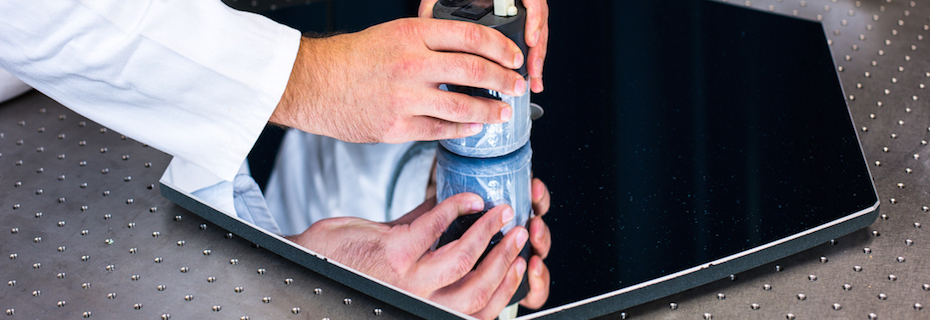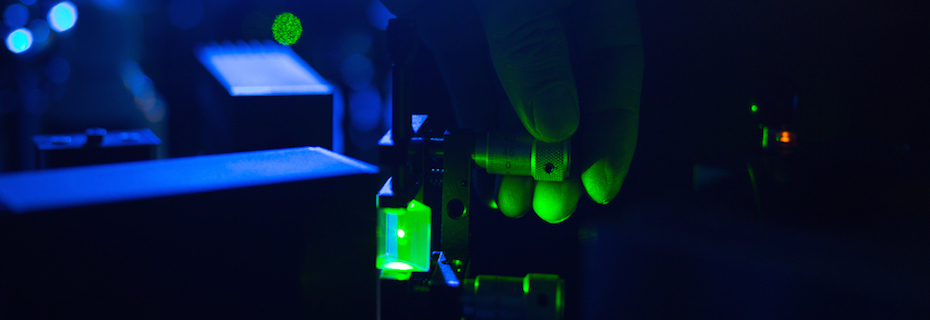Quantum and nonlinear optics

In the area of quantum and nonlinear optics, mainly the topics related to generation, transmission, detection, and quantum processing of information are treated, using the fields of photon pairs obtained by parametric downconversion as the main tool.
Several proposals of novel sources of photon pairs based on various photonic structures have been published, including randomly poled nonlinear crystals (Opt. Express 2010, 18, 27130), Bragg reflection waveguides (Opt. Express 2011, 19, 3115), ring-fibers (Opt. Express 2014, 22, 23743), or metal-dielectric structures (Phys. Rev. A 2014, 90, 043844). Such sources offer substantial advantages over traditional sources based on bulk nonlinear crystals, usable, e.g., in future metrological and quantum-information schemes. Besides higher compactness and better intensity-to-volume ratio, they may yield paired fields with extremely broad spectra, high-dimension entanglement, or pairs entangled in multiple quantities including orbital angular momentum. Some of the proposed sources have been experimentally constructed and tested. In this area works have been done in close cooperation with the Institute of Photonic Sciences, ICFO, Barcelona, Spain. We have also intensively treated traditional sources of photon pairs based on bulk LiIO3 or BBO crystals (Phys. Rev. A 71 2005, 71, 33815; J. Opt. B-Quantum Semicl. Opt. 2005, 7, S572 - S576). We have also described the generation of photon pairs on the boundary of different nonlinear media (Phys. Rev. Lett. 2009, 103, 63902).
In the area of quantum information processing, main effort has been exerted on design and construction of elements for manipulation of quantum states based on linear optics. These include controlled phase gate (Phys. Rev. Lett. 2011, 106, 013602; Phys. Rev. Lett. 2015, 114, 153602), entangling efficiency of quantum gates (Phys. Rev. A 2012, 86, 032321), cloning of quantum bits (Phys. Rev. A 2012, 85, 050307) and cloning-based eavesdropping on quantum channels (Phys. Rev. Lett. 2013, 110, 173601), quantum routing (Phys. Rev. A 2013, 87, 062333) and amplification of quantum bits (Phys. Rev. A 2013, 87, 012327), or quantum teleportation (Phys. Rev. Lett. 2019, 122, 170501). The effects of the environment on the transmission of quantum states have also been investigated (Phys. Rev. A 2012, 85, 063807). Most of these schemes have been experimentally realized in our laboratories. They may constitute elements of future quantum communication networks. Some of these works have been realized in cooperation with Adam Mickewicz University, Poznan, Poland, and other Polish workplaces (Wroclaw, Zielona Gora).
In the area of detection, approaches employing intensified CCD cameras have been developed to gain a general tool for investigation of photon-number, spatial and spectral correlations in the fields of photons pairs. These were used to investigate in detail the correlations of twin-photons from the process of parametric downconversion both at the single-photon level (Phys. Rev. A 2010, 81, 043827; Phys. Rev. A 2012, 85, 023816) and at the level of strong fields (Opt. Express2014, 22, 13374). In strong field processes we have contributed to understanding of their dynamics (Sci. Rep. 2016, 6, 22320; Phys. Rev. A 2020, 101, 63841) and propagation (Sci. Rep. 2015, 5, 14365). Using the photon-number entanglement, a method for calibration of quantum detection efficiency without the need of any radiation standard has been developed (Opt. Lett. 2012, 37, 2475) and later extended to detectors with analog output (Appl. Phys. Lett. 2014, 104, 041113) and to obtain the whole spectral calibration curve (J. Opt. Soc. Am. B 2014, 31, B1). Efficient preparation of nonclassical states of light by postselection from photon pairs has also been presented (Opt. Express 2013, 21, 19387; Phys. Rev. A 2013, 88, 062304). Subtracting (Phys. Rev. Res. 2024, 6, 13065) or adding (Opt. Lett. 2024, 49, 4521) one or a few photons to paired optical fields appears to be a very efficient way to achieve that goal, even to obtain a whole new class of nonclassical optical fields (Opt. Express 2024, 32, 537). Some of these works have been performed in cooperation with University of Insubria, Como, Italy.
We devote considerable attention to detection and quantification of entanglement. Using Bell-type measurement we construct the entanglement witnesses (Phys. Rev. A 2016, 94, 52334), and we have shown that the trade-off between sensitivity and selectivity of the witness can be tuned as needed (Phys. Rev. Res. 2024, 6, 33056). We have derived a series of nonclassicality indicators of optical fields based on intensity moments (Opt. Express 2016, 24, 29496) and probabilities of elements of photocount distributions (Phys. Rev. A 2020, 102, 43713), or their combinations (Phys. Rev. A2022, 105, 13706). In cooperation with colleagues from Poland, Japan, and Taiwan, we have experimentally confirmed a link between the uncertainty of a quantum state and quantum entanglement (npj Quantum Inform. 2025, 11, 72).
We also treat quantum entanglement in multi-partite states. We have experimentally tested the nonlocality of Greenberger-Horne-Zeilinger states (Phys. Rev. A 2020, 101, 52109) and generated fields with nontrivial photon-number statistics (Opt. Express 2021, 29, 29704; Phys. Rev. A 2021, 104, 13712).
Recently we started to employ the methods of machine learning in quantum optics, e.g., to optimize the entanglement witnesses (Phys. Rev. Appl. 2021, 15, 54006), to train quantum gates (Opt. Express 2019, 27, 32454), or to quantify the nonclassicality of paired optical fields.
In broad international collaboration we also treat non-Hermitian quantum systems (Quantum 2022, 6, 883; Nat. Commun.2023, 14, 2076; Phys. Rev. Lett. 2024, 133, 113802) and Raman scattering (Opt. Commun. 2019, 444, 111).
Latest publications of the group
-
Arkhipov, II; Minganti, F; Nori, F: How to realize compact and noncompact localized states in disorder-free hypercube networks, Phys. Rev. Res. 7 (3) 33002 (2025).
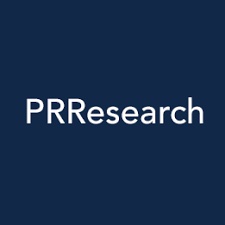 DOI: 10.1103/4s2w-y1xx.
DOI: 10.1103/4s2w-y1xx. -
Sudak, N; Barasiński, A; Perina, J Jr; Cernoch, A: Efficient characterization of N-beam Gaussian fields through photon-number measurements: Quantum universal invariants, Phys. Rev. Res. 7 (2) 23278 (2025).
 DOI: 10.1103/5hnr-6jbf.
DOI: 10.1103/5hnr-6jbf. -
Lee, KY; Lin, JD; Lemr, K; Cernoch, A; Miranowicz, A; Nori, F; Ku, HY; Chen, YN: Unveiling quantum steering by quantum-classical uncertainty complementarity, npj Quantum Inform. 11 (1) 72 (2025).

-
Das, M; Sen, B; Sensharma, A; Thapliyal, K; Pathak, A: Probing quantum correlations in non-degenerate hyper-Raman process, Eur. Phys. J. Plus 140 (3) 233 (2025).

-
Kalaga, JK; Leonski, W; Perina, J Jr: W-Class States-Identification and Quantification of Bell-CHSH Inequalities' Violation, Entropy 26 (12) 1107 (2024).
 DOI: 10.3390/e26121107.
DOI: 10.3390/e26121107.
Group of quantum and nonlinear optics (in alphabetical order)
Mgr. Ievgen ARKHIPOV, Ph.D.
assistant professor

theoretical quantum and nonlinear optics
quantum non-Hermitian systems
doc. Mgr. Antonín ČERNOCH, Ph.D.
researcher / associate professor
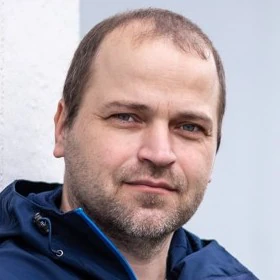
experimental quantum and nonlinear optics
quantum information processing
prof. RNDr. Ondřej HADERKA, Ph.D.
professor / head of the laboratory
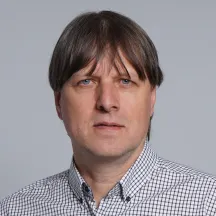
experimental quantum and nonlinear optics
detection of single photons
guarantor of Bc. Apllied Physics study program
Mgr. Josef KADLEC, Ph.D.
postdoc

quantum and nonlinear optics
entanglement and nonclassical states
Ing. Jaromír KŘEPELKA, CSc.
assistant professor / journal editor
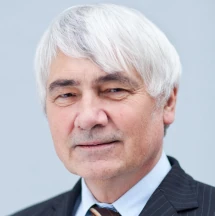
mathematical modeling for applications in physics
optics of thin layers
quantum optics
editor-in-chief of Fine Mechanics and Optics journal
doc. Karel LEMR, Ph.D.
associate professor
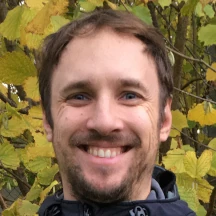
quantum and nonlinear optics
entanglement and nonclassical states
quantum information processing
RNDr. Antonín LUKŠ, CSc.
researcher

quantum and nonlinear optics
mathematical methods in quantum optics
Mgr. Radek MACHULKA, Ph.D.
researcher

experimental quantum and nonlinear optics
ultrafast lasers
AI methods in quantum optics
Ing. Bc. Václav MICHÁLEK, Ph.D.
researcher
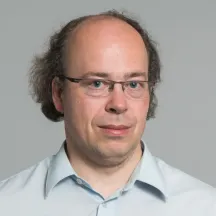
experimental quantum and nonlinear optics
development of computing software for quantum optics
prof. RNDr. Jan PEŘINA, DrSc.
professor emeritus
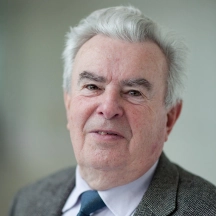
quantum and nonlinear optics
quantum statistics
prof. RNDr. Jan PEŘINA, Ph.D.
profesor / head of the group
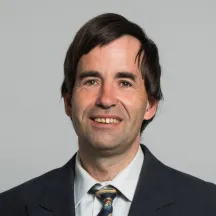
quantum and nonlinear optics
quantum correlations and entanglement
nonclassicality of optical fields
PT-symmetry
M.Sc. and Ph.D. Applied Physics study programs guarantor
prof. RNDr. Jan SOUBUSTA, Ph.D.
professor

quantum and nonlinear optics
quantum cryptography
solid state physics
Bc. Instrument and Computer Physics study program guarantor
Kishore THAPLIYAL, Ph.D.
researcher

theoretical quantum and nonlinear optics
nonclassicality of optical fields
Mgr. Martin ZEMAN
Ph.D. student

quantum and nonlinear optics
quantum correlations
quantum information processing
Bc. Artem ZIRKA
professional / M.Sc. Student

theoretical quantum and nonlinear optics
quantum non-Hermitian systems

